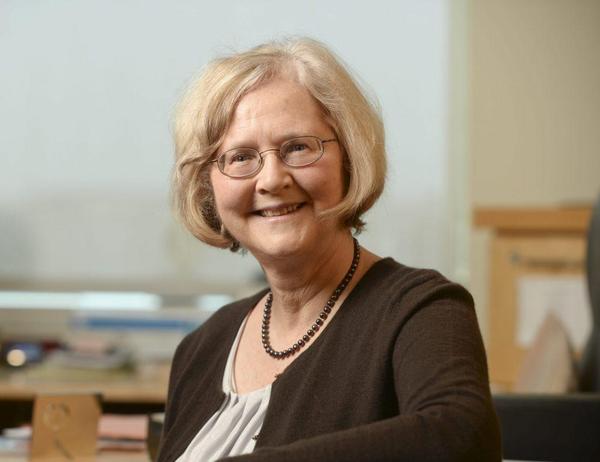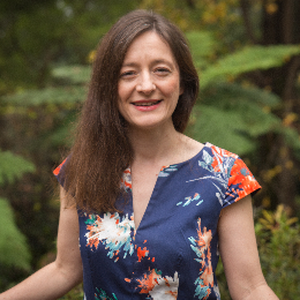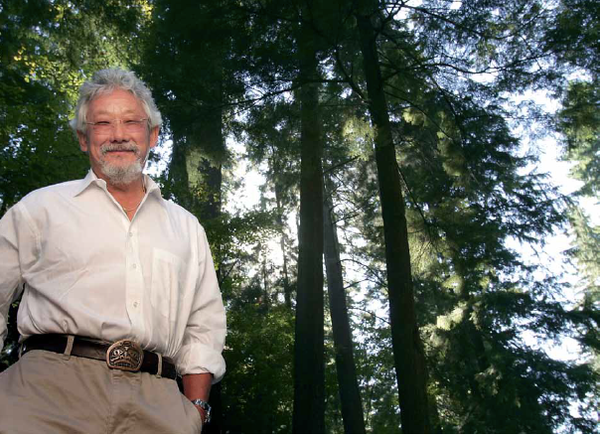
The voice of reason - The Brilliant
With her trademark determination and willingness to state some inconvenient truths, Nobel laureate Professor Elizabeth Blackburn has spoken up for science throughout her career.
As a young woman embarking on a career in science, Elizabeth Blackburn didn’t set out to change the world. Coming across a biography of Marie Curie at the impressionable age of 11 or 12 left an indelible mark, but it was Curie’s love of science and dedication to fundamental research, more than the efforts to apply her d
As a young woman embarking on a career in science, Elizabeth Blackburn didn’t set out to change the world. Coming across a biography of Marie Curie at the impressionable age of 11 or 12 left an indelible mark, but it was Curie’s love of science and dedication to fundamental research, more than the efforts to apply her d










